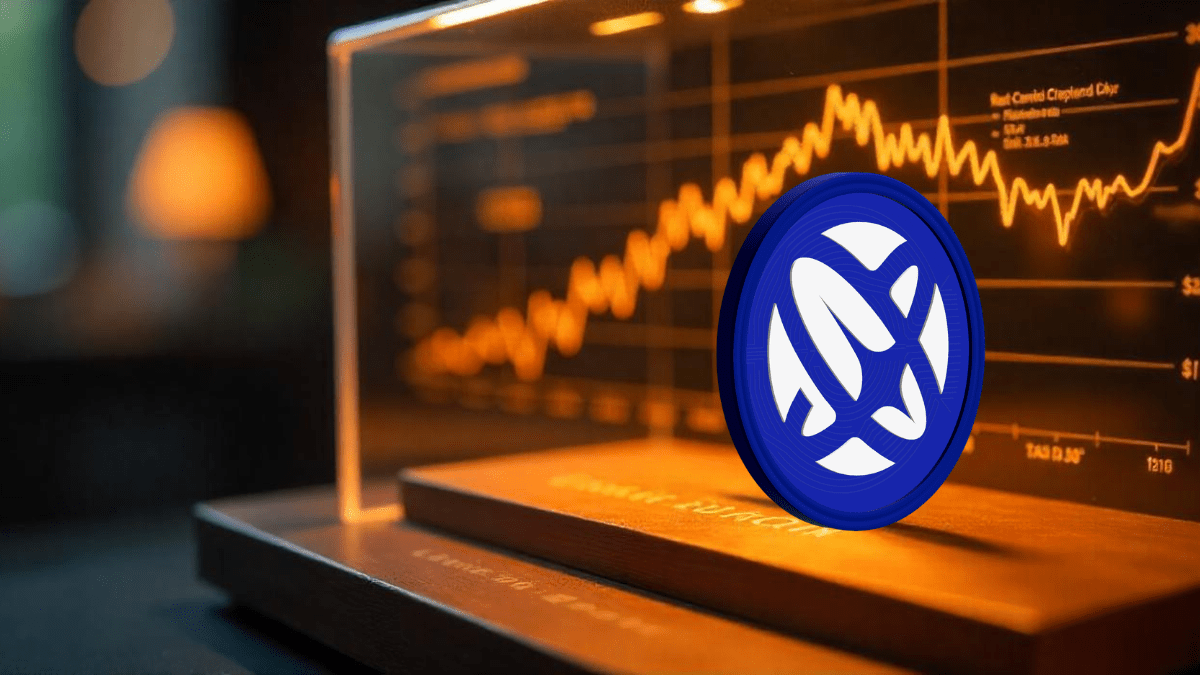Top Banks In Singapore | Global Finance Magazine

From the establishment of its earliest banks in the mid-19th century to becoming one of the world’s most advanced financial hubs, Singapore’s banking evolution mirrored the country’s journey from a modest colonial entrepôt for the trade between Asia, Europe, and then the United States to one of the world’s wealthiest and most developed nations.
Formerly a British colony, Singapore turned to its banks to power its economic growth and transformation after becoming a sovereign country in 1965. Banks provided credit to businesses and entrepreneurs, financed infrastructure projects, and fostered financial inclusion.
Today, Singapore’s financial system boasts a robust regulatory framework and cutting-edge fintech innovations. The Lion City has also emerged as a leader in sustainable finance, promoting green banking practices and investments that support environmental and social goals.
These are the leading banks in Singapore listed alphabetically, each with its own distinctive strengths and unique history.
Citibank Singapore
Founded in New York in 1812 as City Bank of New York, Citibank’s roots in Singapore trace back to 1915, when it acquired the International Banking Corporation (IBC), which was established at the start of the century to facilitate trade between East Asia and the United States. Over the following decades, Citibank became a force in Singapore’s banking landscape, helping its transformation from a trading center to a global financial powerhouse. A full-service bank, Citibank pioneered products like credit cards and 24-hour ATMs, and catered to consumers, corporations, and institutions with an extensive portfolio of financial offerings.
In recent years, however, the bank’s traditional branch model has undergone a major overhaul. In 2020, the bank opened in Singapore its largest global Wealth Hub in the region, and in 2024 it closed its last regular branch in Jurong East to focus primarily on high-net-worth clients and online financial services.
Development Bank of Singapore
Singapore had only just recently declared its independence when, in 1968, a small group of government officials and entrepreneurs created the Development Bank of Singapore (DBS) with the goal of supporting the newborn country’s economic development. In the years and decades that followed, they fulfilled that mission. DBS funded projects spanning all major industries, helped the public listing of some of Singapore’s most iconic brands (Rollei, Singapore Airlines, and Singtel, to name a few), and even financed the construction of what were then the tallest building and the tallest hotel in the nation. Not only that, during the 1980s, the bank introduced a share ownership program that allowed employees to become stakeholders and rolled out a housing loan initiative that made home ownership more accessible. In 1997, ahead of its competitors, it launched the region’s first comprehensive internet banking platform.
Today, DBS is the largest retail and commercial bank in Singapore with assets of about $450 billion, and maintains a presence in 18 markets globally, providing services for individuals, small and medium enterprises, along with corporate, wealth, and investment banking. The Development Bank of Singapore has won numerous Global Finance awards, including in the Best Private Banks and Best Corporate/Institutional Banks categories.
Hongkong and Shanghai Banking Corporation
Best known by its acronym HSBC, the London-based Hongkong and Shanghai Banking Corporation is one of the largest banks and financial services companies in the world, serving more than 40 million personal, wealth, and corporate customers in about 60 countries and territories.
In 1877, HSBC opened its first office in Singapore, where it had conducted business through an agency since 1865. In those early stages, the Hongkong and Shanghai Banking Corporation extended loans to Chinese merchants and funded the import, export, and entrepôt trade of spices and raw materials. In the early 20th century, its focus shifted to primarily financing tin and rubber exports, which at the time constituted 35% of Singapore’s total export trade. HSBC also played an important part in the reconstruction and rehabilitation of Singapore’s economy after the Second World War, handling one-third of Singapore’s foreign and trade exchange business by 1948.
Ever since, HSBC has continued growing with Singapore and Singapore with HSBC. As a regional leader, HSBC offers comprehensive solutions, including retail, commercial, private, and investment banking, as well as wealth, insurance and capital market services, to its clients in the Lion City and across Asia.
Maybank Singapore
As the first bank from Malaysia to operate in the country, Maybank’s entry into Singapore in 1960 played a key role in improving cross-border financial operations between the two neighbors and across the region as a whole. Today, the Maybank Group has an international network of over 2,600 branches in 18 countries including all 10 ASEAN nations, with more than 42,000 employees serving customers worldwide.
Locally incorporated and identified by the Monetary Authority of Singapore (MAS) as one of the systemically important banks operating in the country, Maybank Singapore holds assets of about $60 billion and employs approximately 2,000 people. It offers an extensive range of products and services for individuals, businesses, and corporations, including investment banking, asset management and stock-broking, insurance, and takaful. Its presence across Southeast Asia allows the bank to provide clients with seamless cross-border financing and support their overseas investment ventures.
Oversea-Chinese Banking Corporation
On October 31, 1932, three banks—the Chinese Commercial Bank, Ho Hong Bank, and the Oversea-Chinese Bank—merged and consolidated their strengths to form Oversea-Chinese Banking Corporation (OCBC). Since then, OCBC Bank has grown into one of Singapore’s leading financial institutions and the second-largest financial services group in Southeast Asia with assets close to $500 billion, catering to millions of customers through its more than 400 branches and representative offices in 19 different countries.
With a special focus on the ASEAN region and the Greater China clientele, OCBC Bank offers a wide range of products and services, including retail banking, wealth management, and insurance.
A leader in online banking and in providing innovative solutions for its customers, in 2024 OCBC Bank also brought digital banking aimed at children aged 7 to 15, who can now have their own bank account and debit card and improve their financial education. The Oversea-Chinese Banking Corporation has won many Global Finance Awards, most recently for Best SME Bank in the Asia-Pacific region and for excellence in the Sustainable Finance category.
Standard Chartered Singapore
Then known as the Chartered Bank of India, Australia, and China, Standard Chartered opened its first branch in Singapore in 1859, and has since contributed to its development by facilitating trade, supporting local businesses, and driving financial growth. Officially a London-based multinational bank, Standard Chartered does not operate in the United Kingdom and derives almost all of its profits from operations in Asia, Africa, and the Middle East. Furthermore, its largest shareholder is the Singaporean state-owned multinational investment firm Temasek Holdings.
With an entire range of financial services across personal, business, corporate and private banking, alongside wealth management, investment banking, and treasury services, Standard Chartered has contributed to the transformation of the country into the world-class financial and commercial center that it is today.
Its contribution, however, goes beyond the business and trade domains. To promote community involvement, Standard Chartered grants its employees three days of annual leave for volunteer work. Additionally, the bank sponsors the Singapore Marathon, also known as the Standard Chartered Marathon, which attracts approximately 60,000 runners from all over the world each year since 1982.
United Overseas Bank
Born in 1890 in Kuching, Sarawak, then a British protectorate and today part of Malaysia, Wee Kheng Chiang overcame poverty and hardship to become one of Asia’s wealthiest men. In 1935, alongside six other partners, he established the United Chinese Bank to serve the banking needs of the Chinese community in Singapore. Renamed United Overseas Bank (UOB) in 1965, it has since grown to become the third-largest bank in Southeast Asia, with assets nearing US$400 billion and a global network of 500 branches and offices across 19 countries in the Asia-Pacific region, Europe, and North America.
Alongside the Development Bank of Singapore (DBS) and Oversea-Chinese Banking Corporation (OCBC), United Overseas Bank is one of the three big local banks in Singapore.
UOB offers a broad spectrum of financial services, from personal banking essentials like savings, loans, and credit cards, to insurance services, trade and corporate finance, and wealth management for high-net-worth clients. Over the years, United Overseas Bank has earned many honors from Global Finance, most recently winning the coveted award for Best Bank in Asia-Pacific and in Singapore for 2024.


























